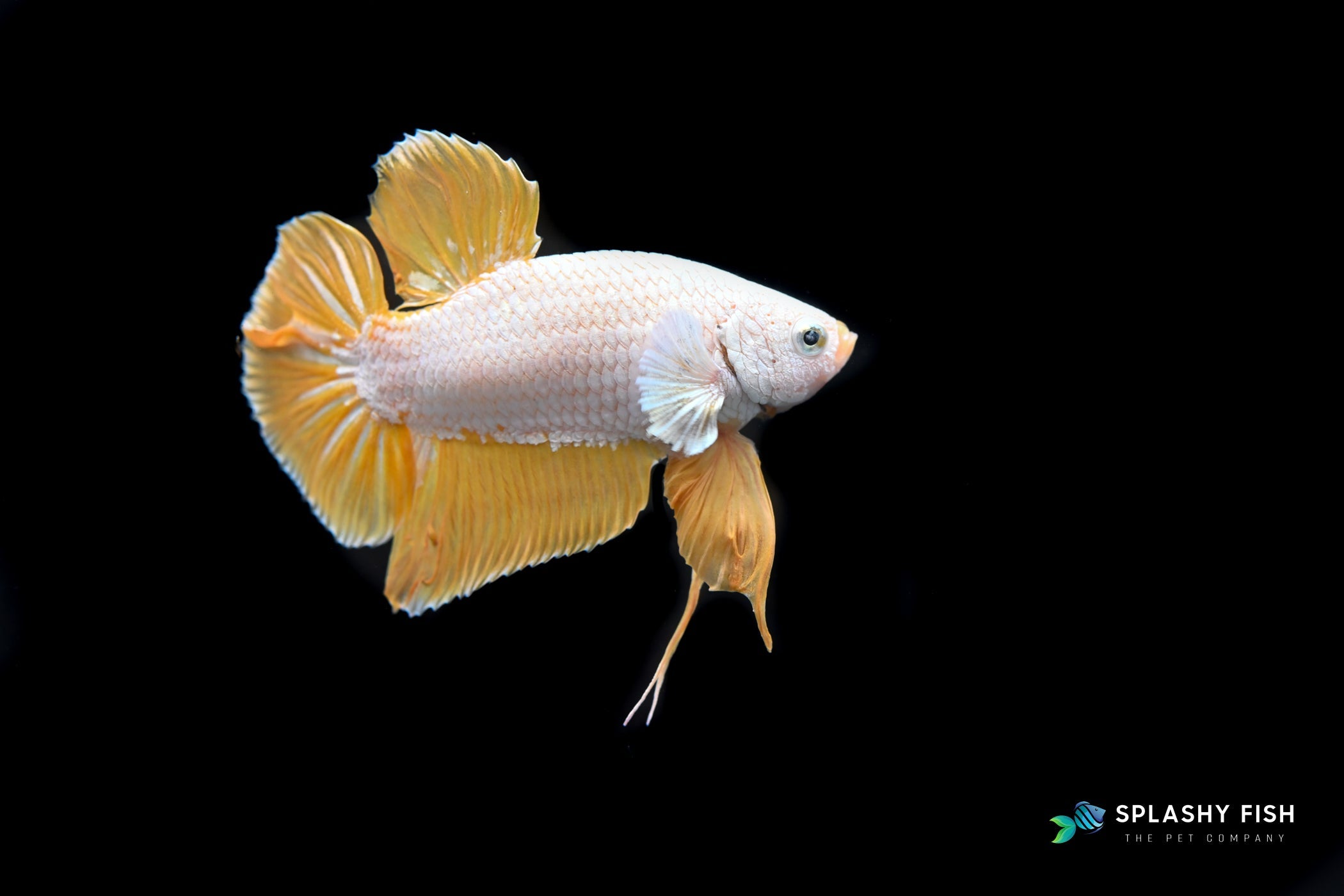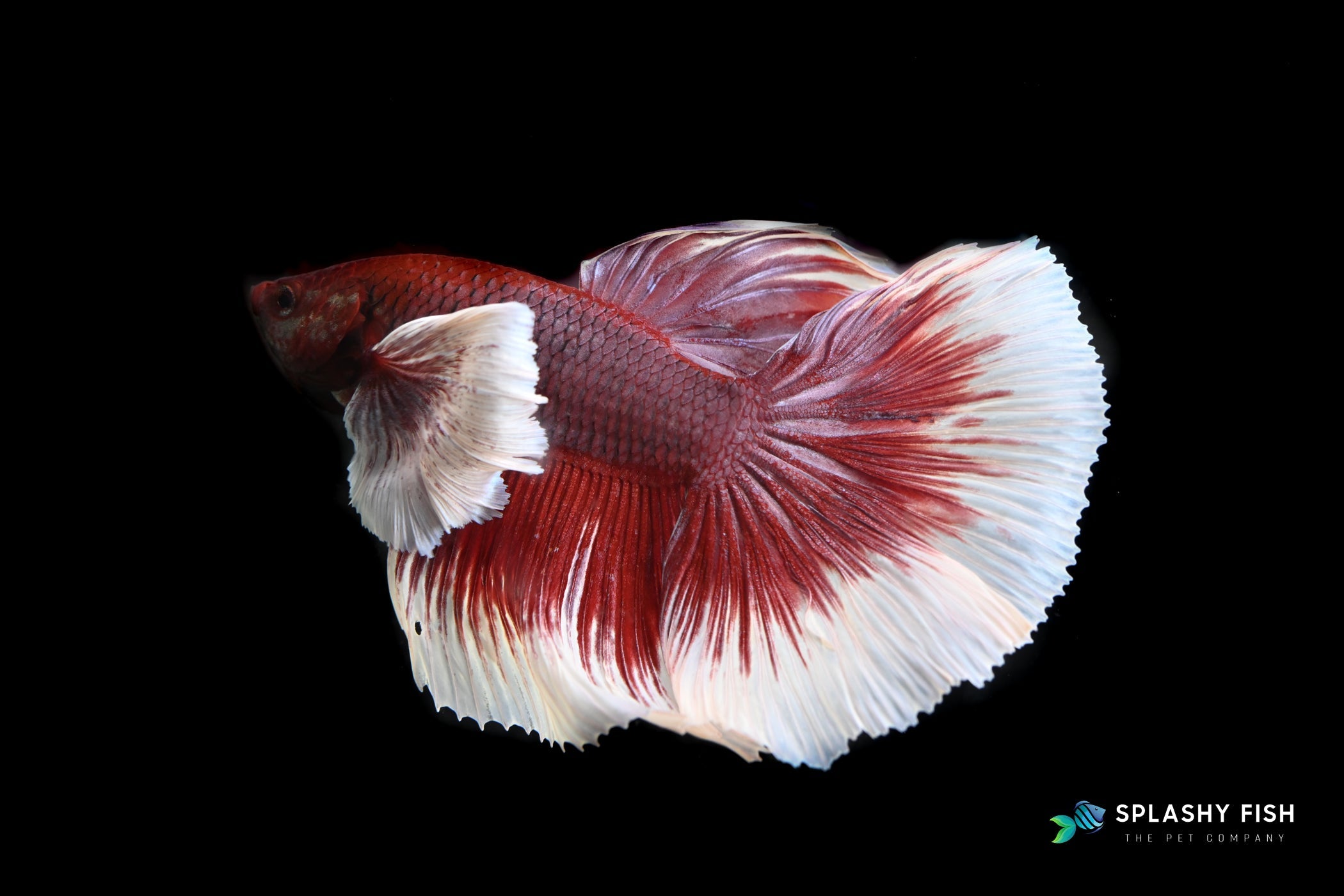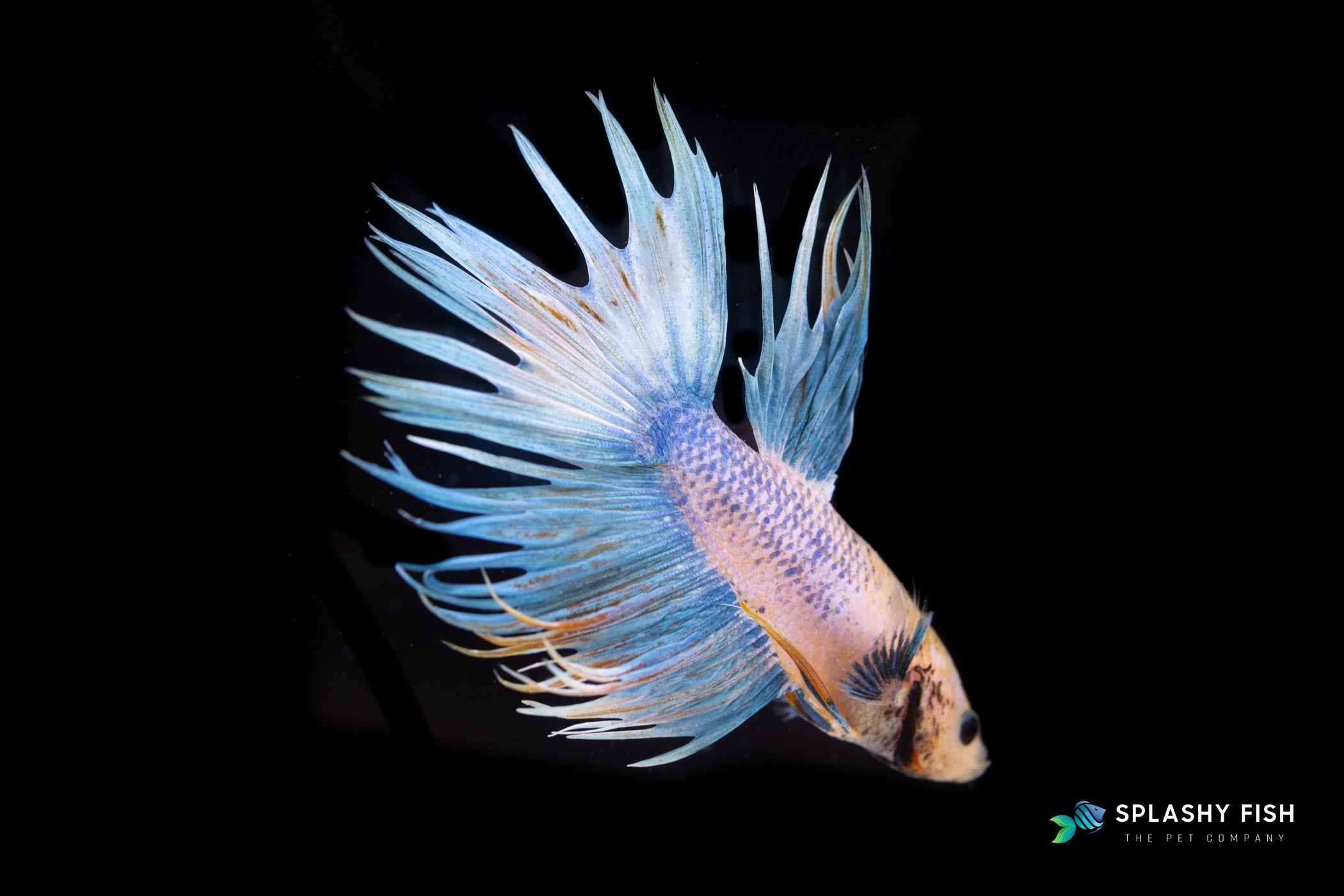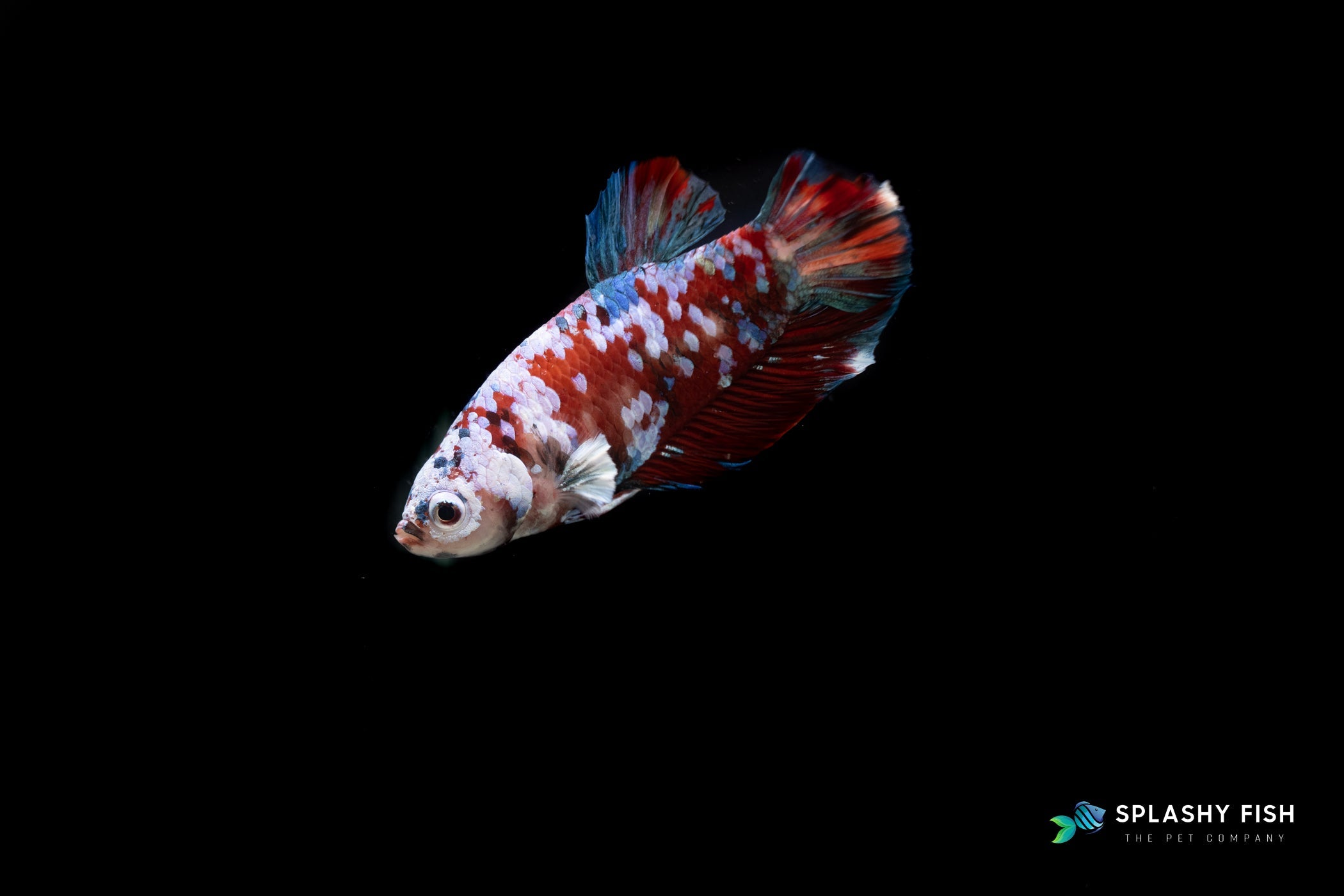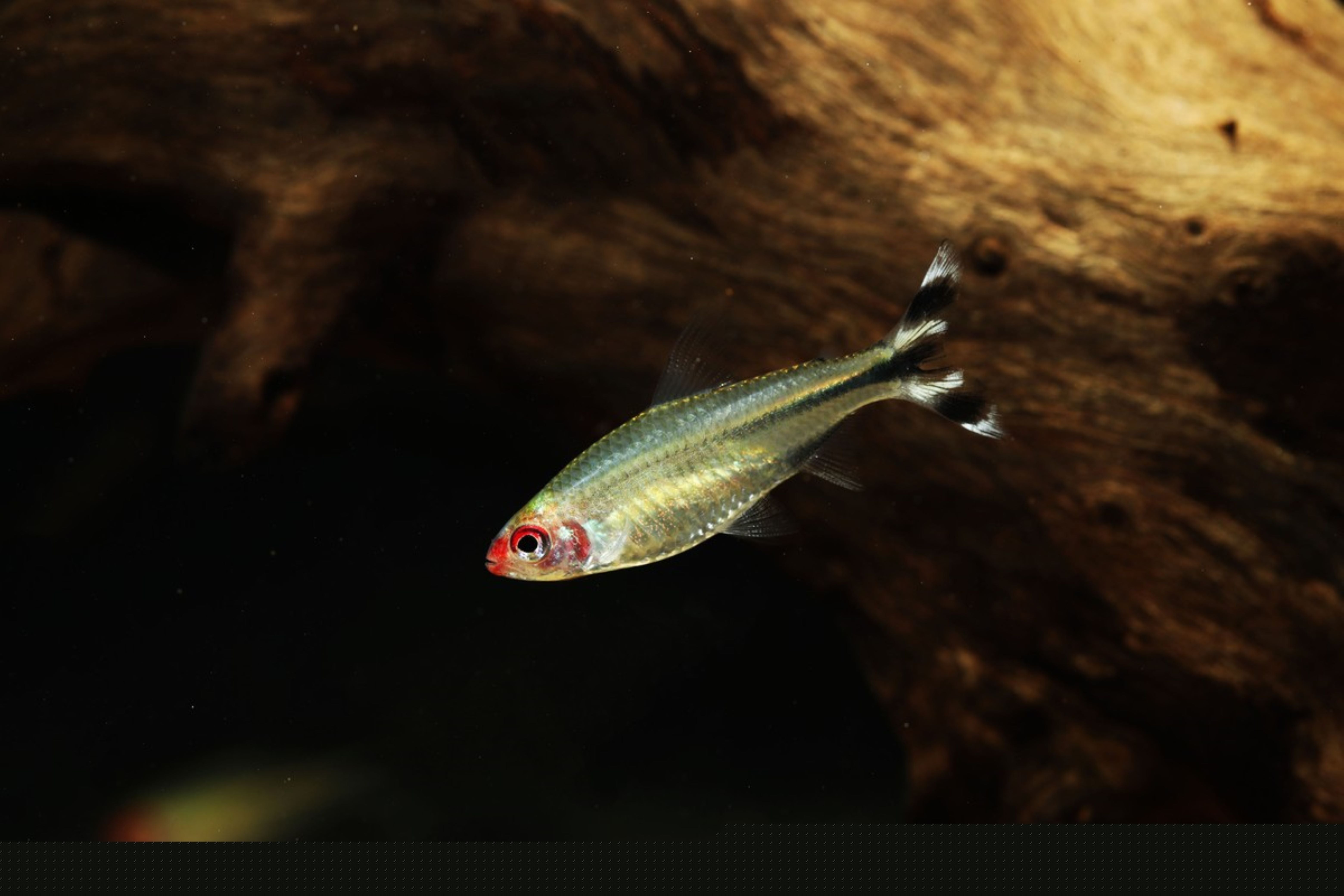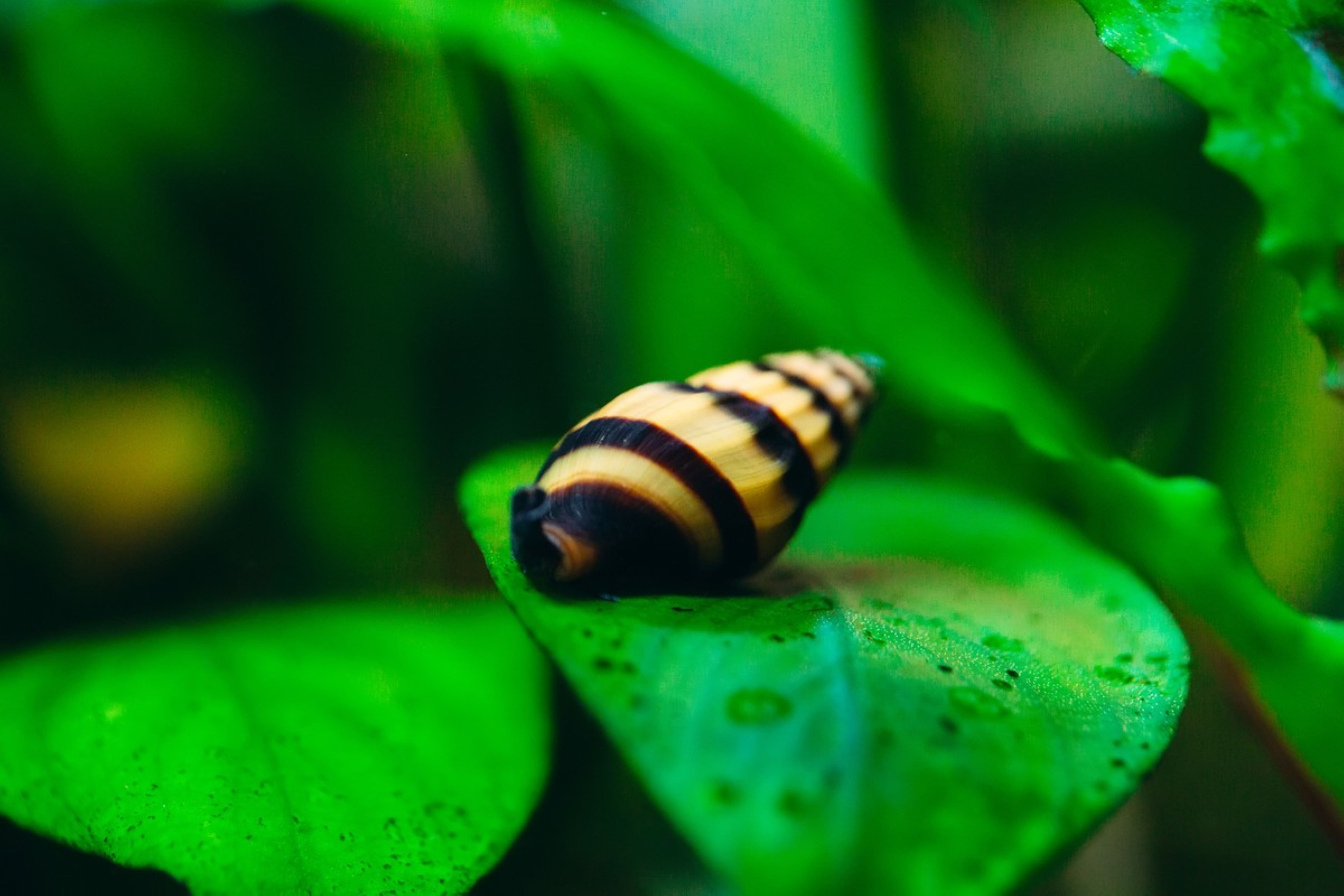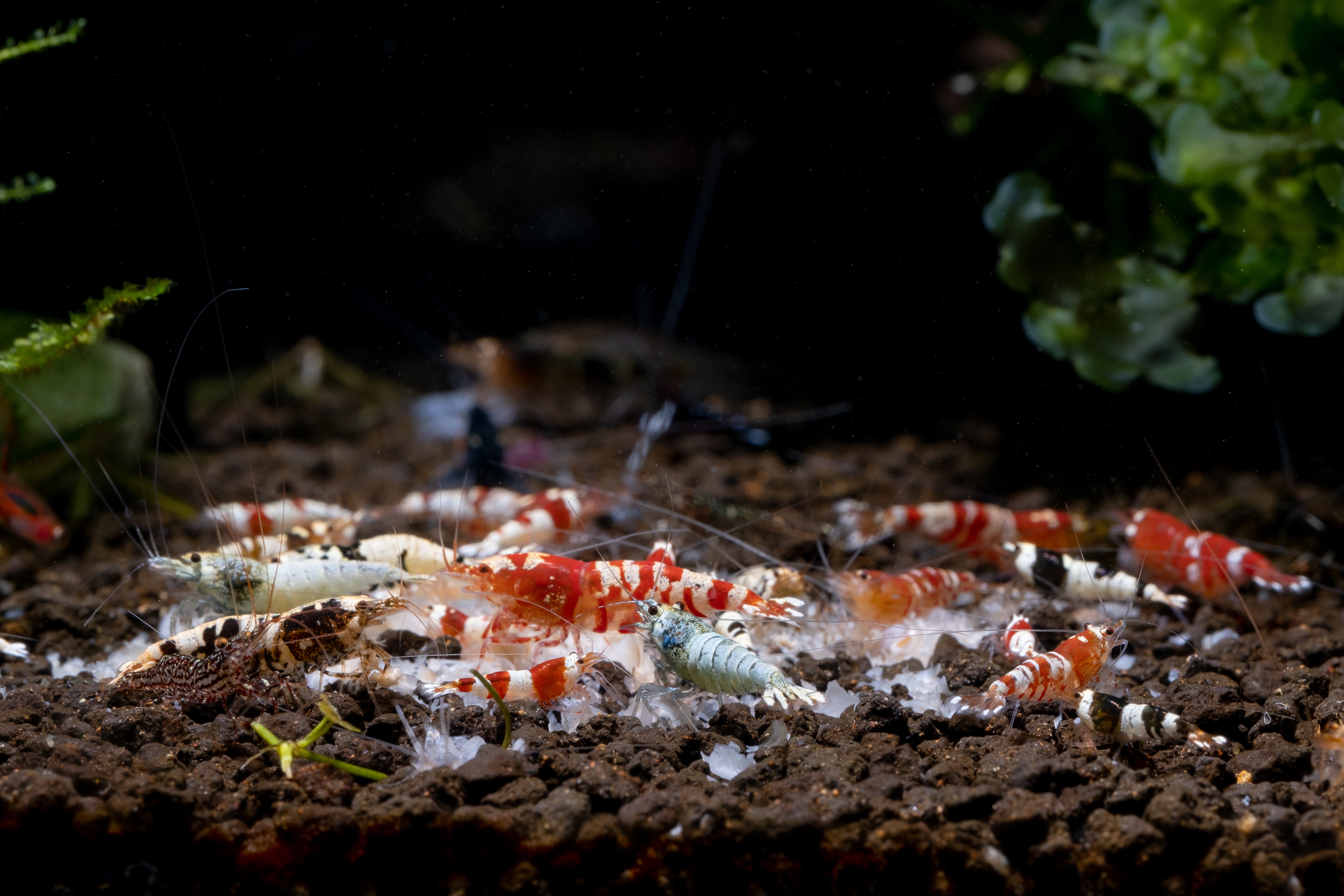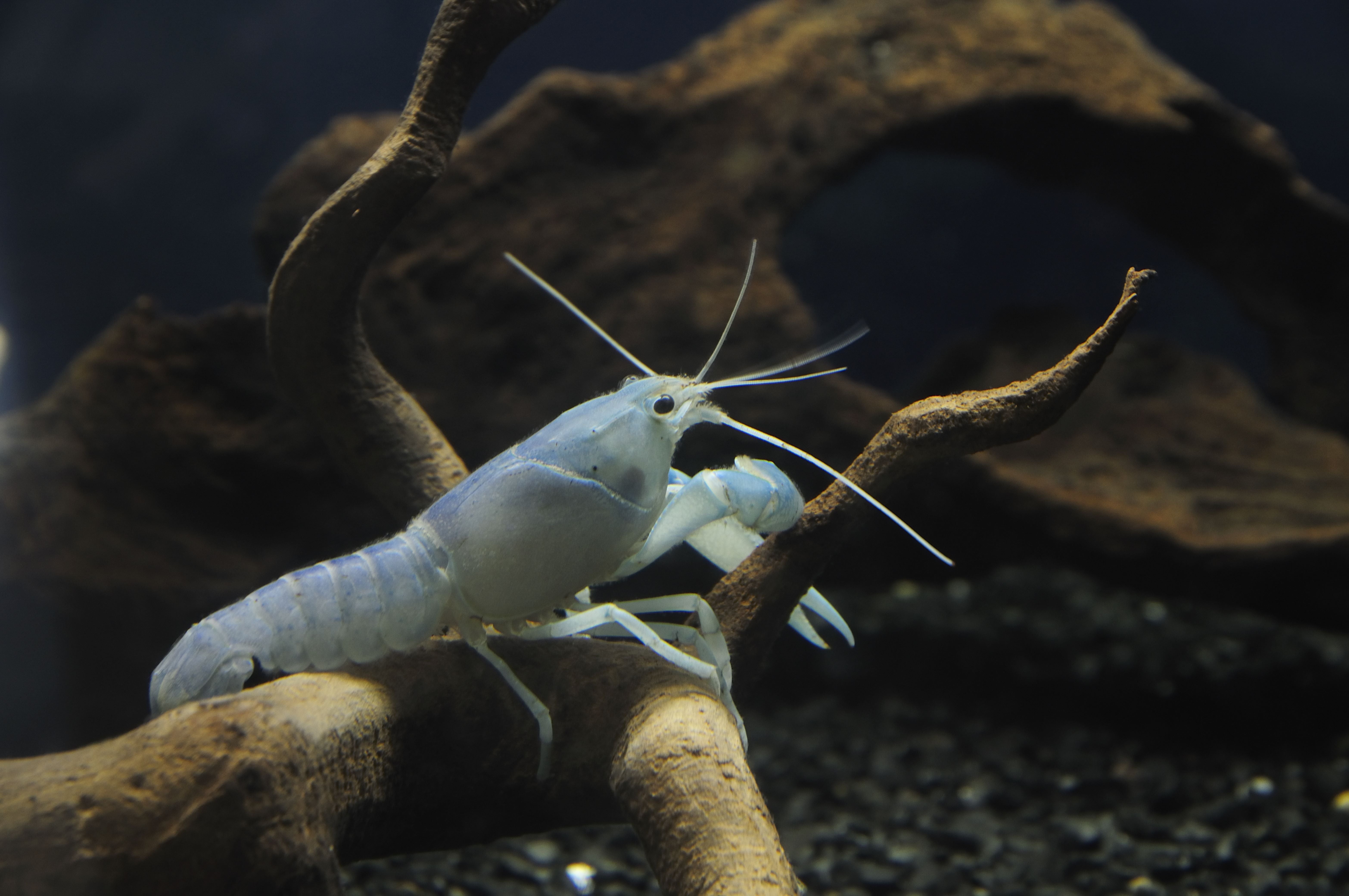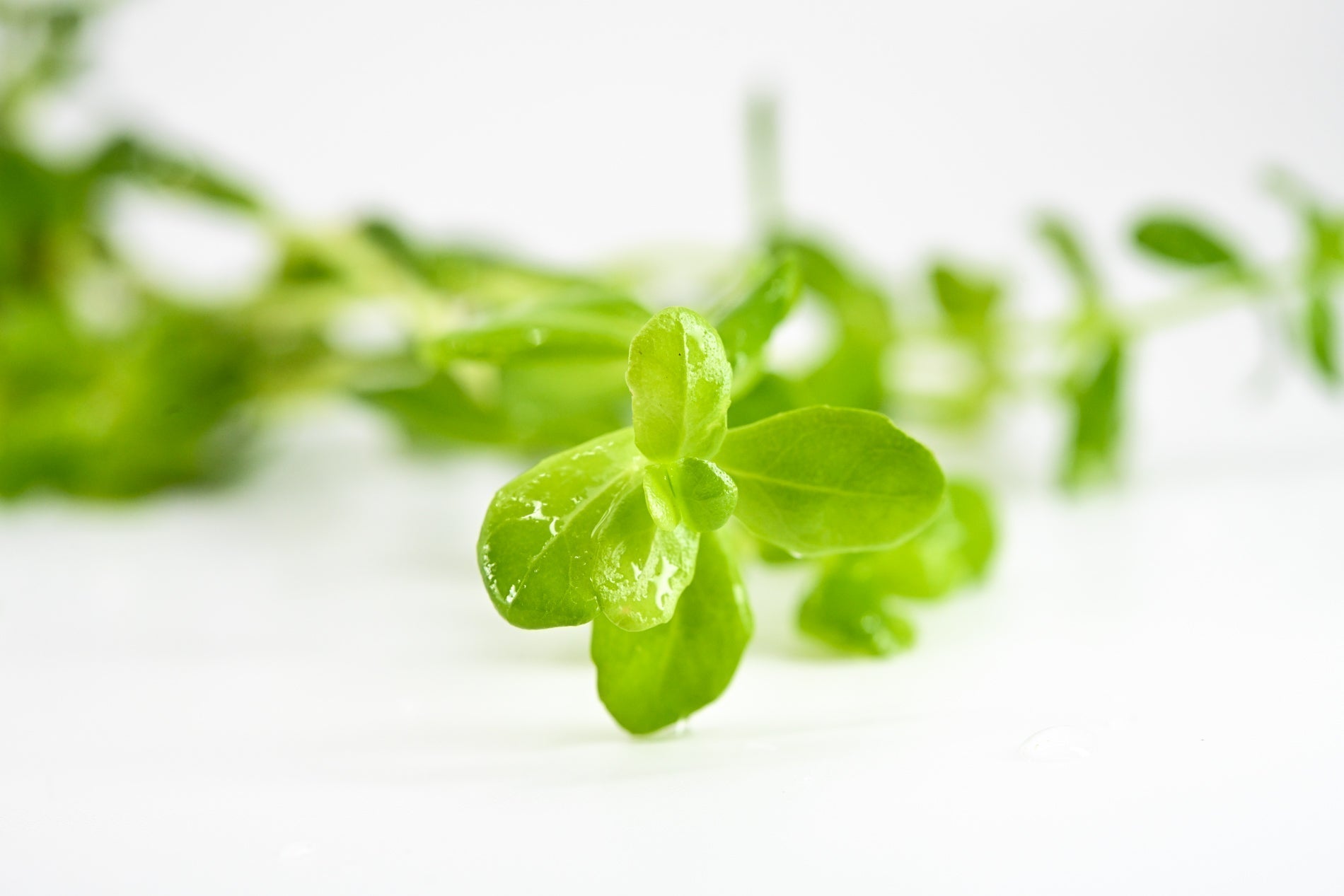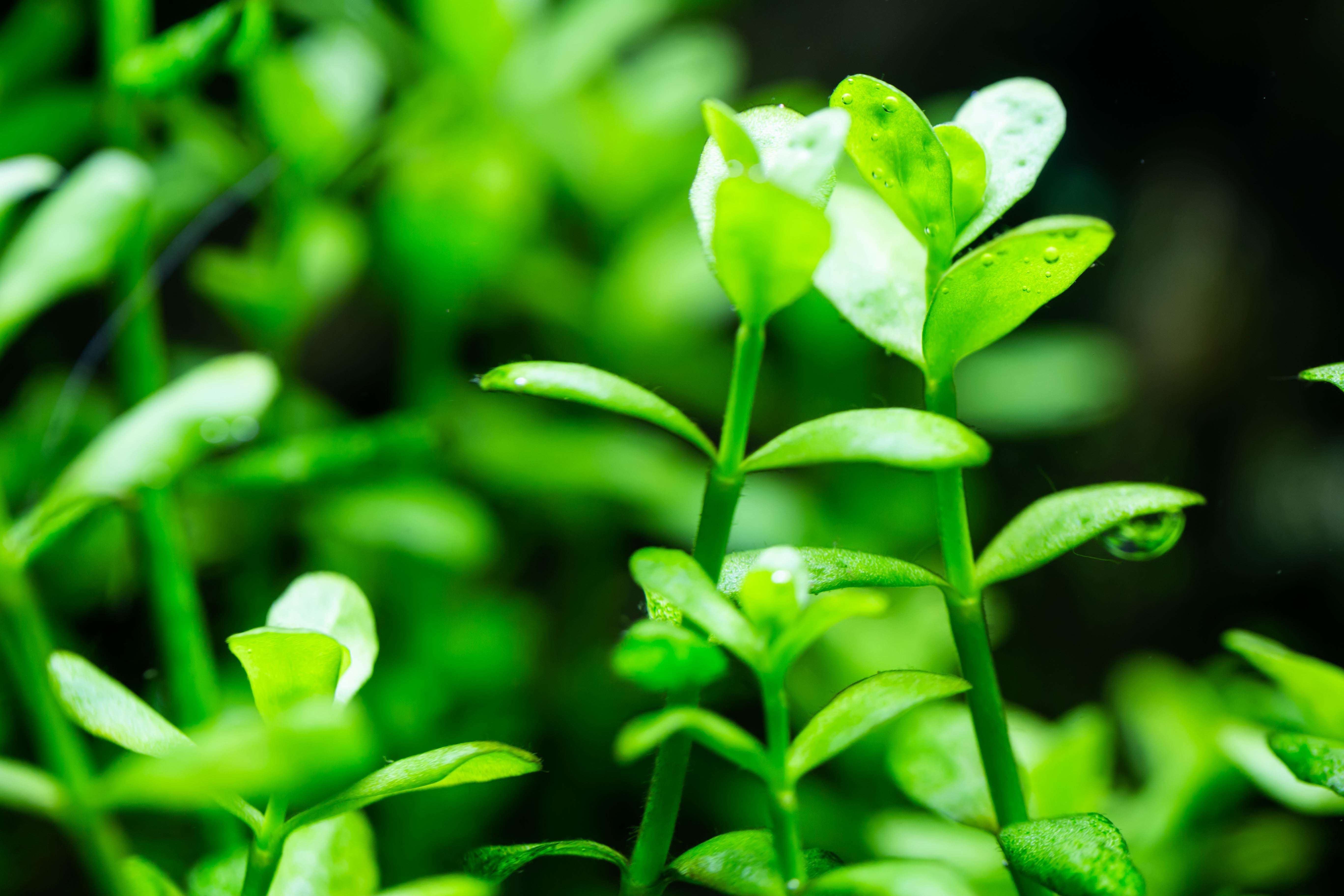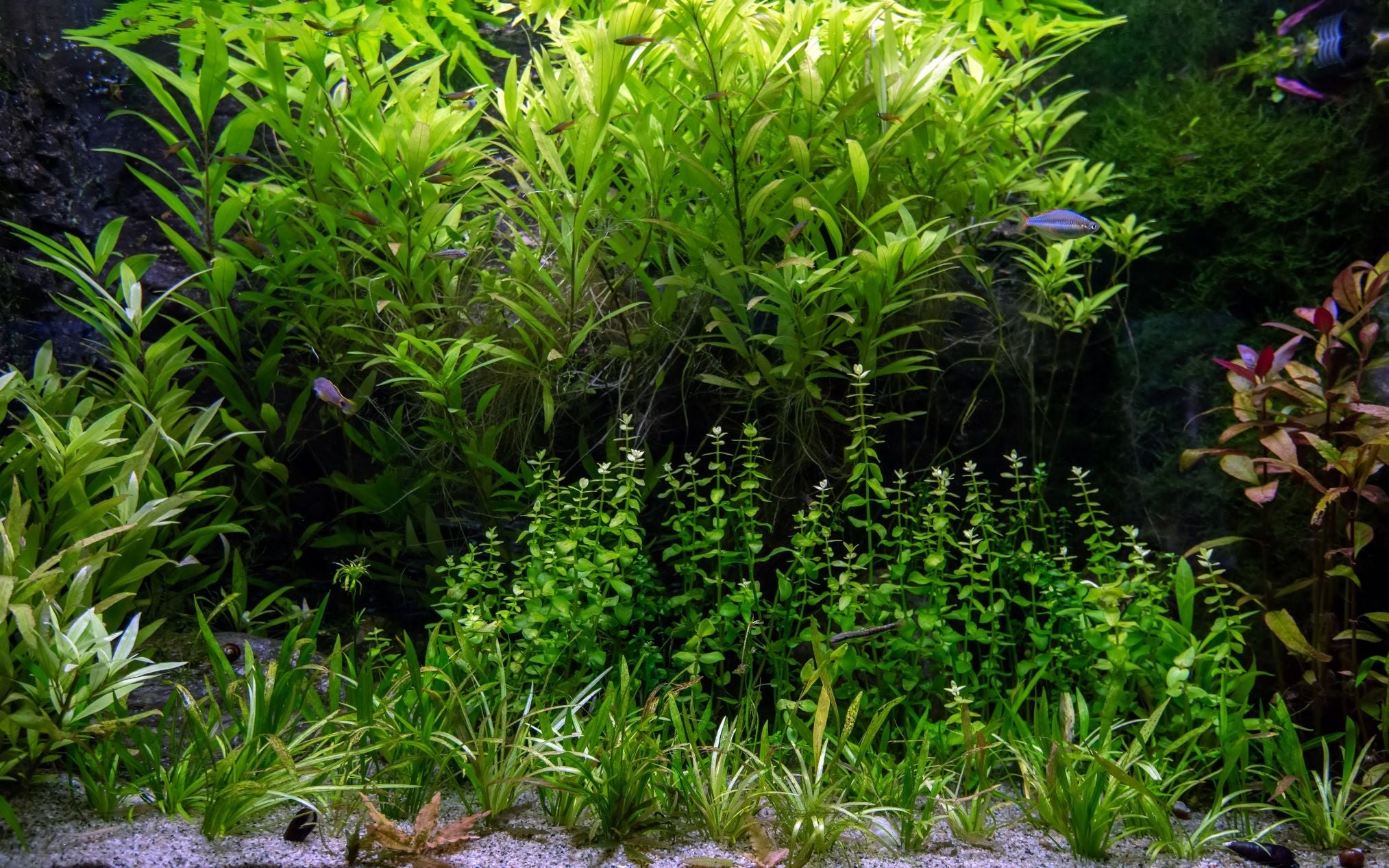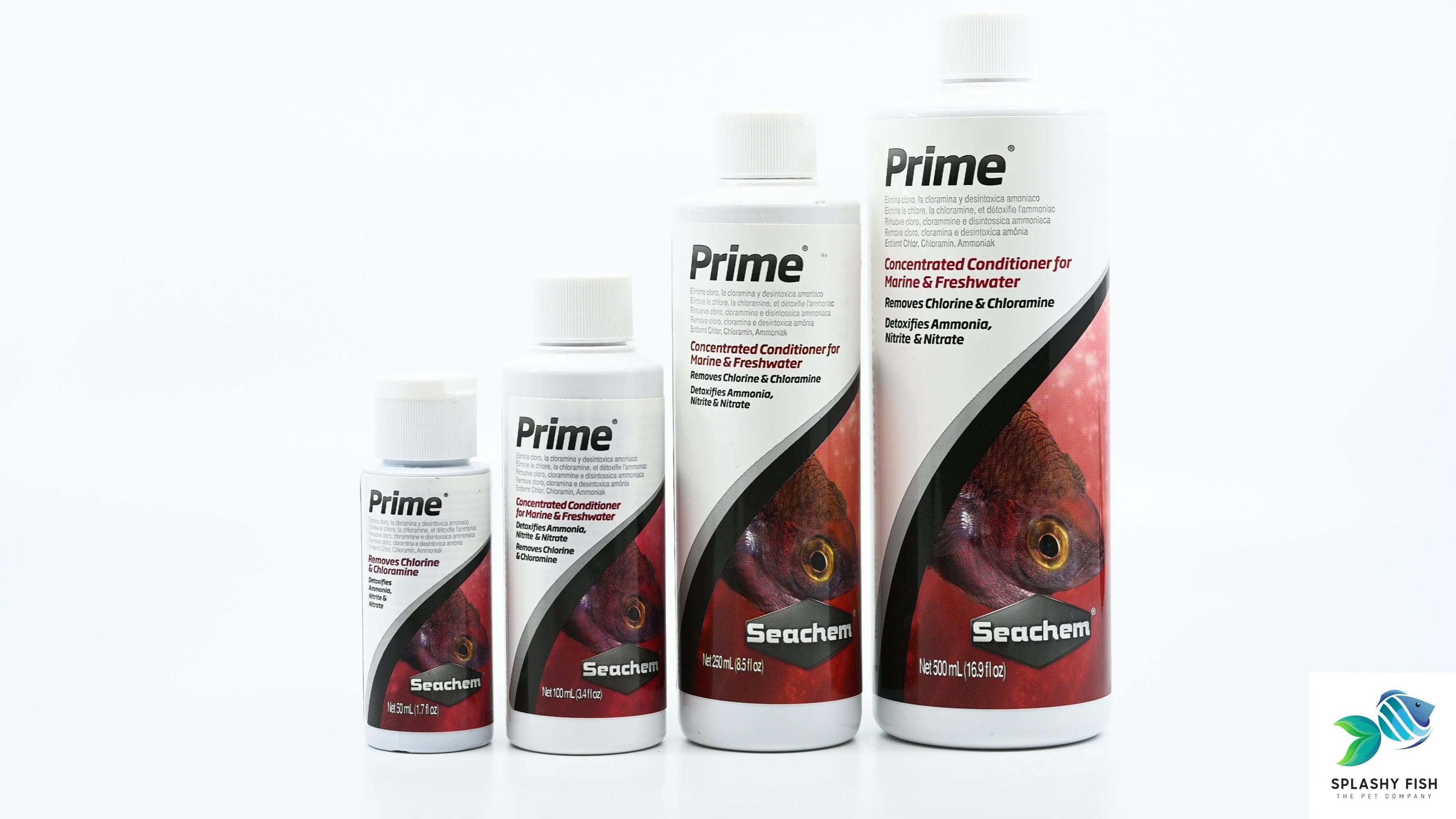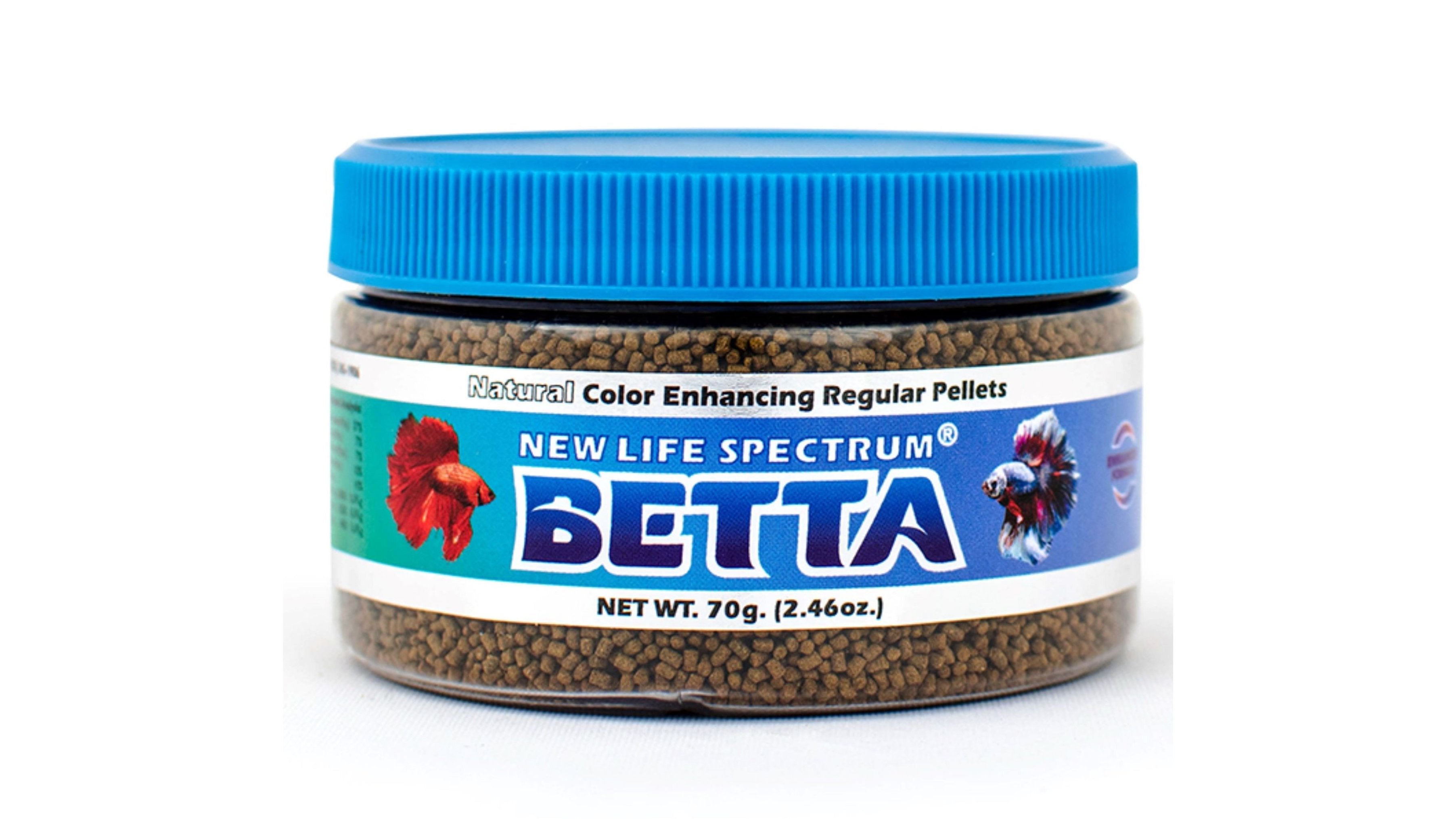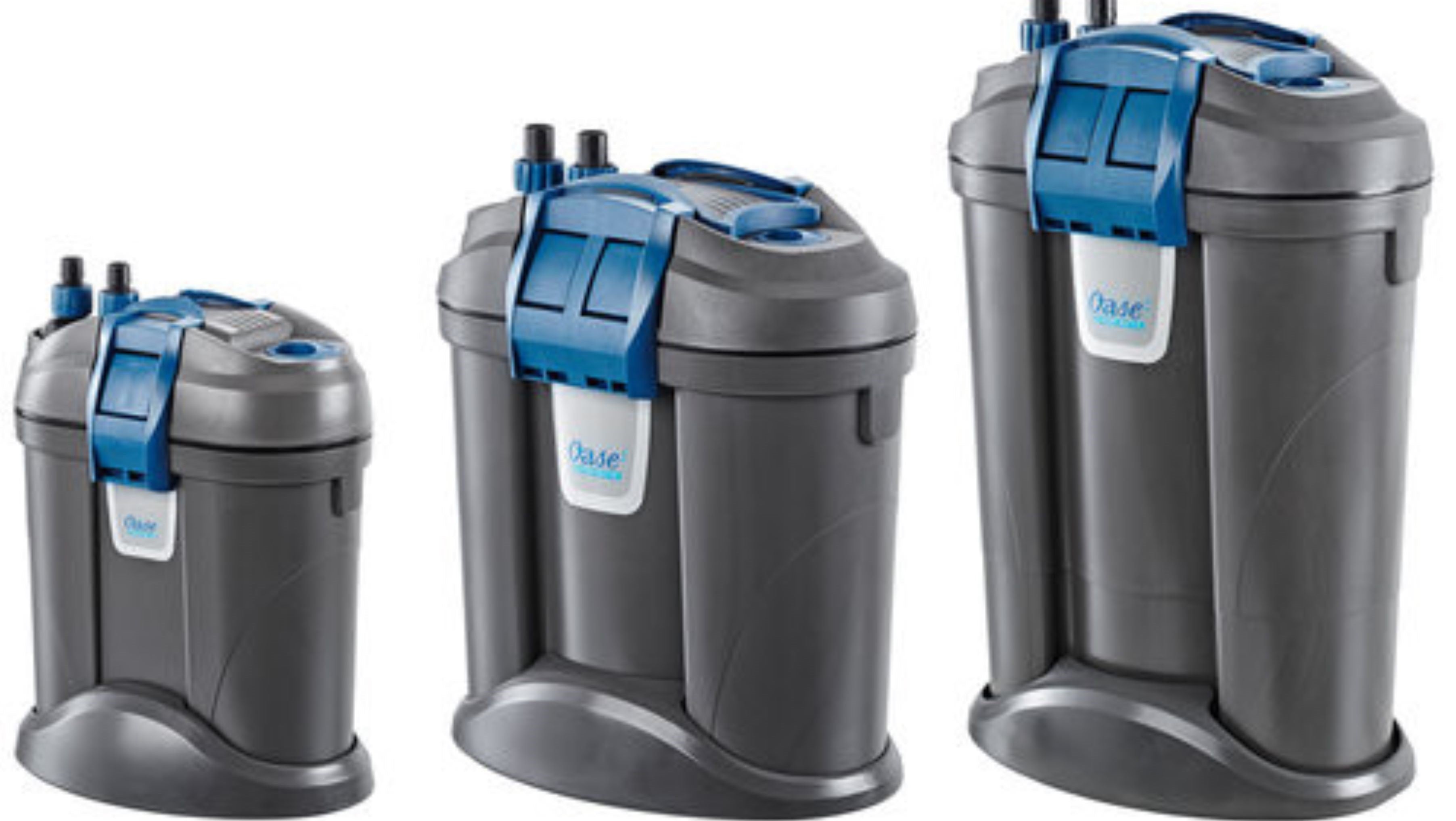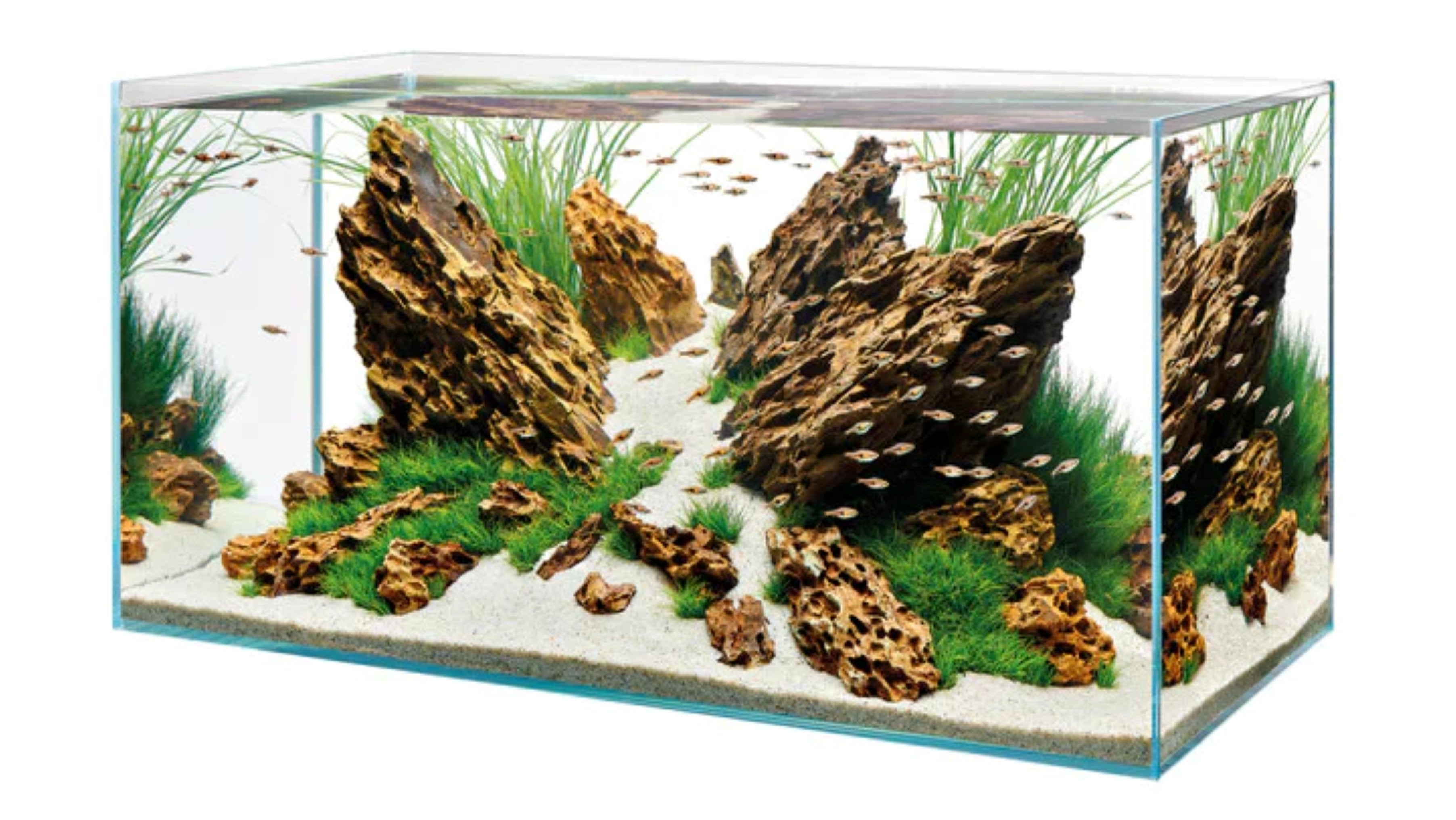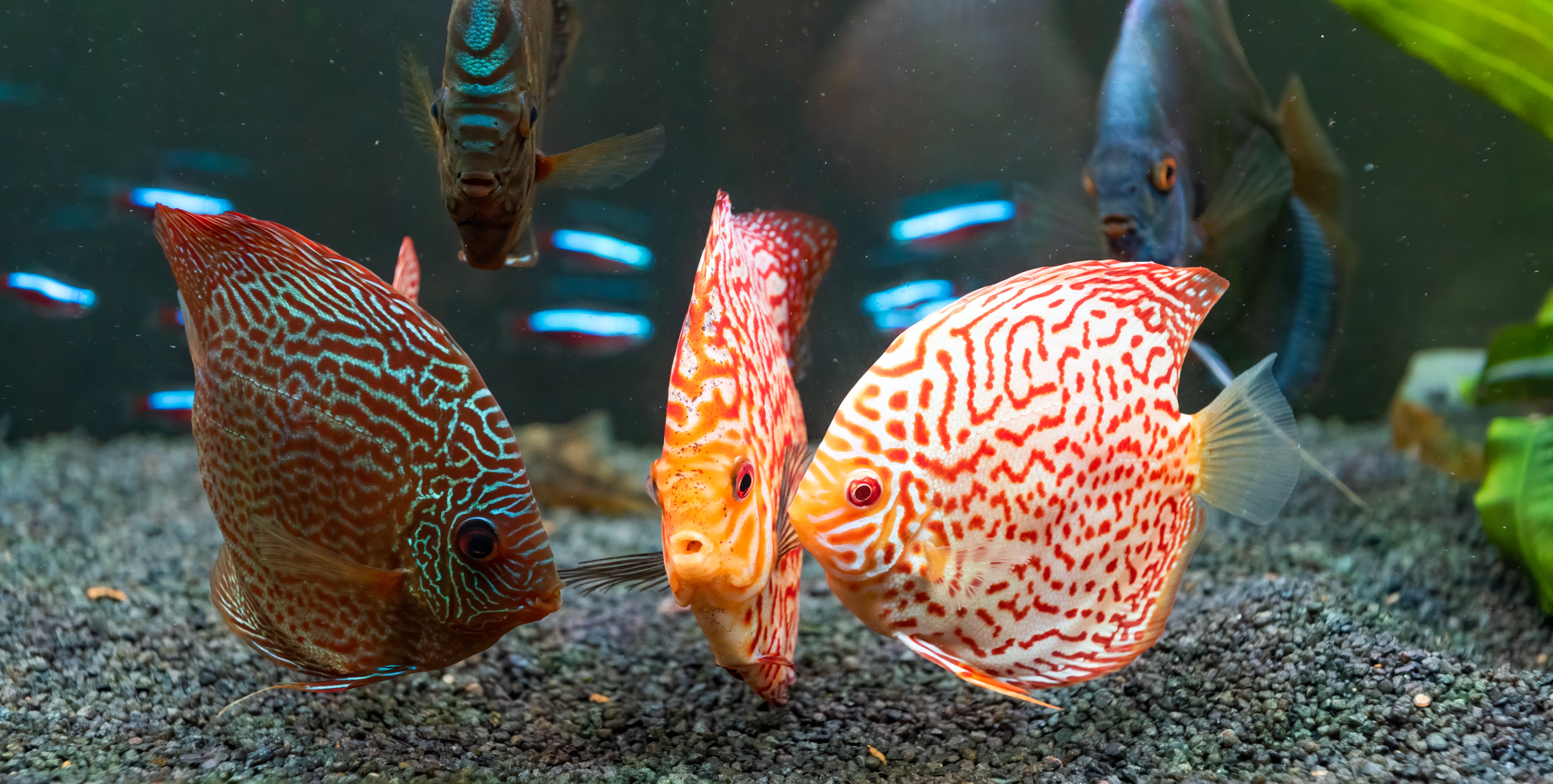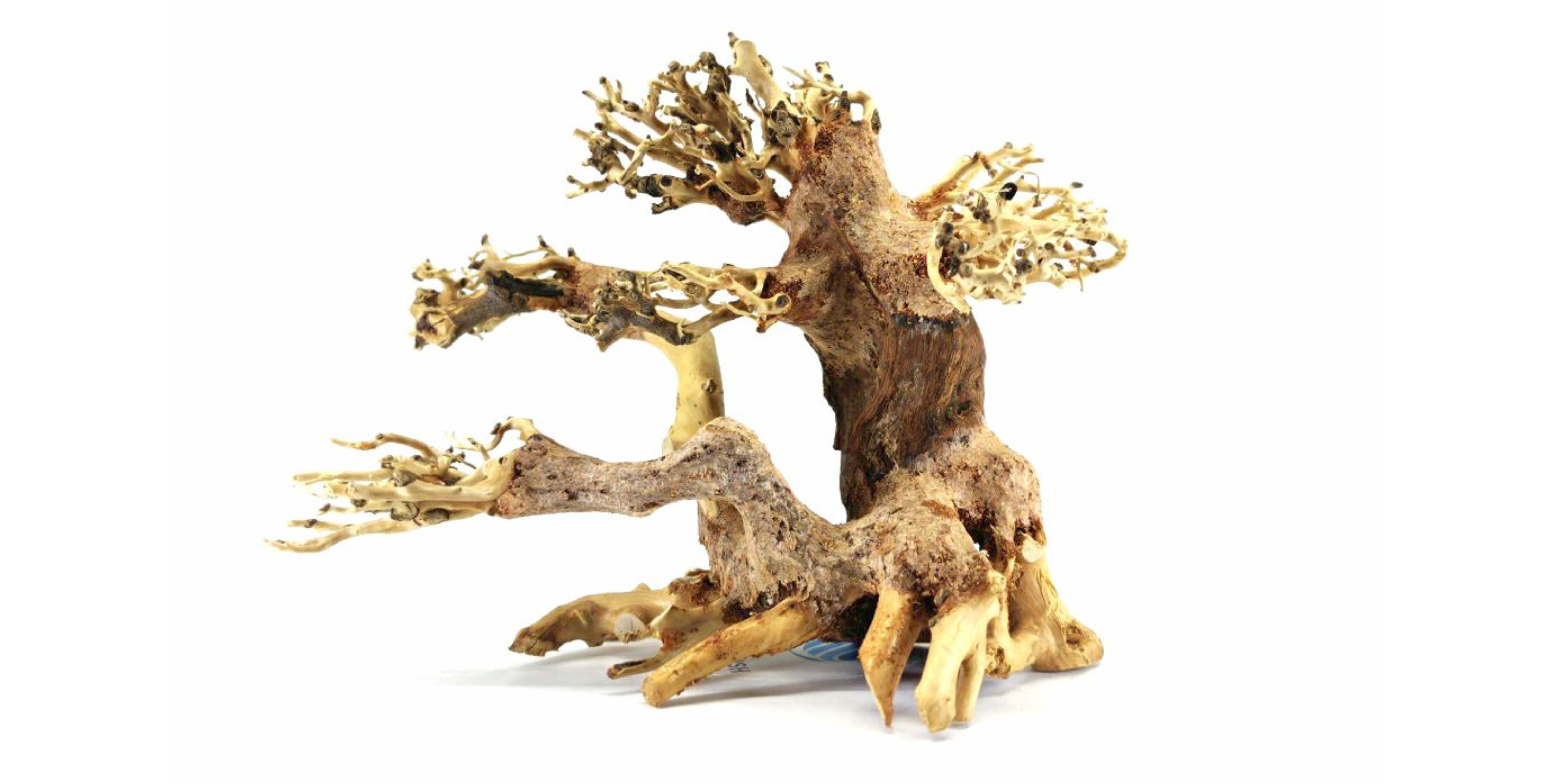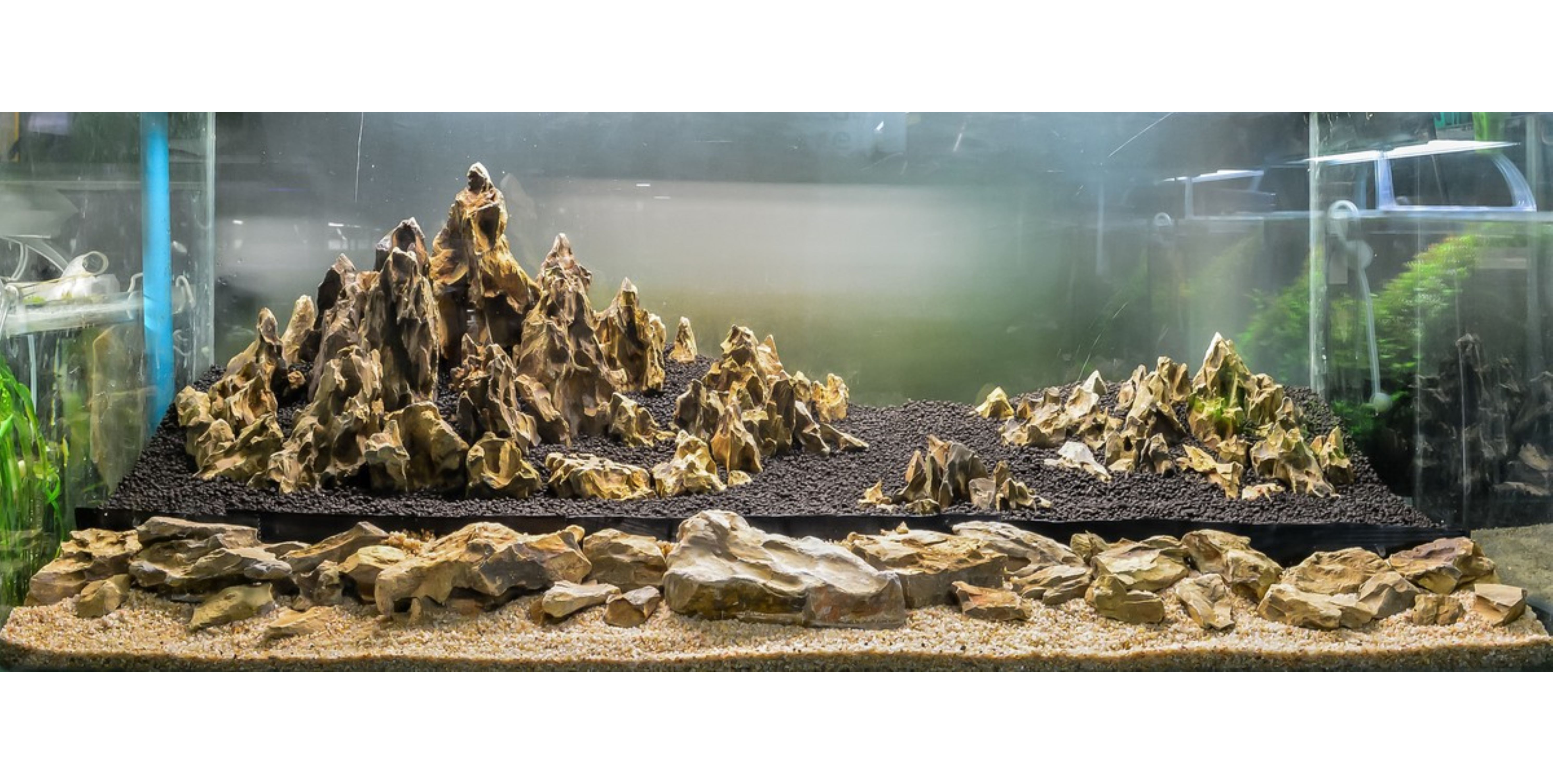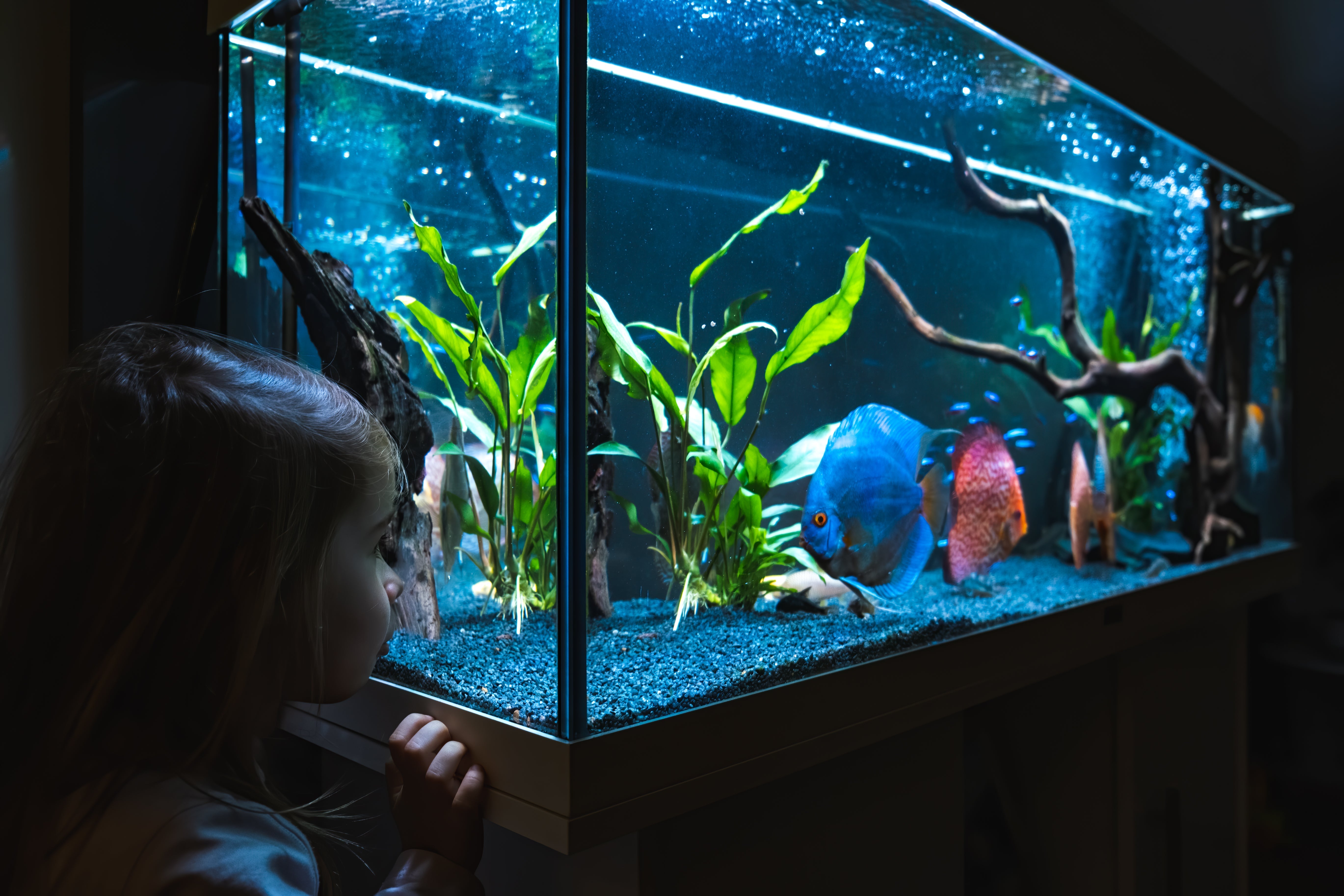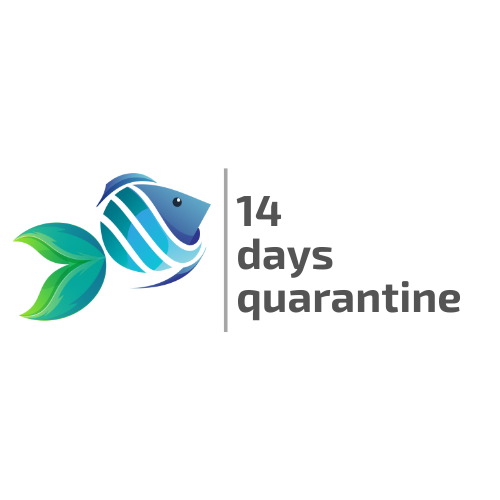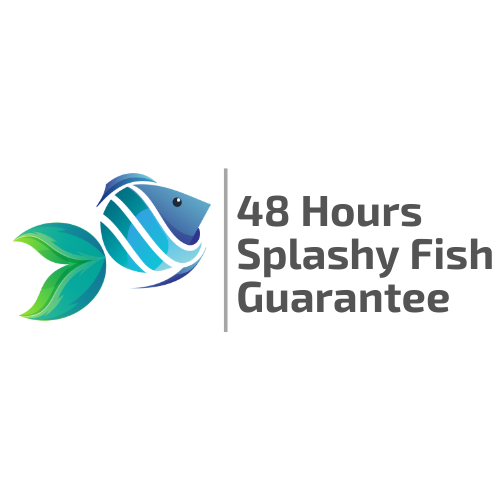Table of Contents
Choosing a lamp for a planted aquarium feels deceptively simple until you realise that brightness, colour temperature, and beam spread all influence plant health in different ways. The fixture that makes a coffee-table nano tank sparkle may leave the back corners of a larger scape in perpetual shade, while a high‑intensity unit designed for coral can wash freshwater fish in an unnaturally blue glow. Rather than rely on marketing jargon, new hobbyists can make confident choices by understanding three core concepts: colour spectrum, light intensity, and light distribution. Each parameter shapes the underwater environment in subtler ways than megawatt promises printed on the box.
Colour Spectrum: Lighting the Aquascape for Human Eyes
Colour temperature, measured in Kelvin, describes the warmth or coolness of white light. 2700 K resembles a candlelit café, whereas 10,000 K approaches the crisp hue over a snowfield at noon. Aquatic plants perform photosynthesis across a wide band of the spectrum, so they thrive just as happily under 4500 K as they do under 6500 K. The deciding factor is therefore aesthetic: too much red casts fish in an orange haze, and heavy blue shifts greenery toward teal. Most aquarists settle near 5000–6500 K because that range mirrors natural daylight, rendering foliage a vibrant green and bringing out iridescent scales without introducing harsh undertones. In other words, pick the flavour of white that flatters your living room and let the plants adapt; their chloroplasts are far less opinionated than our eyes.

Light Intensity: Matching Lumens to Plant Ambition
If the spectrum pleases people, intensity feeds plants. The technical metric is PAR, photosynthetically active radiation, yet few manufacturers list PAR because it plummets with distance, tank height, and even the thickness of a glass lid. The practical workaround is to match fixture strength to the demands of your flora. Slow‑growing rhizomes such as Anubias, Ferns, and Cryptocoryne thrive under the gentle glow of so‑called low‑light units, making them ideal for beginners. Stem plants and most red species demand a step up, while true carpeting plants flourish only under high PAR that often necessitates injected CO₂ to prevent algae from hijacking the surplus photons. LED technology dominates the market because diodes deliver intense brightness with minimal heat and long lifespans, and many fixtures now include dimmers that let aquarists fine‑tune PAR as their plant collection evolves.
Light Spread: Illuminating Every Corner
A lamp may boast impressive PAR dead‑centre yet fade dramatically toward the glass panels. Standard aquarium fixtures project a beam roughly thirty centimetres wide, perfect for narrow tanks but inadequate for aquascapes that stretch more than half a metre front to back. Hobbyists solve the shadow problem by mounting twin units or replacing the aquarium light with a shop‑grade LED bar designed to flood entire rooms, a cost‑effective option that sometimes compromises colour rendering. Premium aquarium brands address spread by engineering reflectors and lenses that widen the beam to 120 degrees, bathing every crypt and carpet in uniform radiance. Before clicking “buy,” measure the tank’s footprint; a little geometry prevents bare patches where carpets stall due to chronic shade.
Practical Steps for Setting Up Your Light
Mounting a fixture sounds straightforward until splashes, condensation, and cord management come into play. Begin by wiping the tank rim dry so suction cups or mounting brackets grip firmly without slipping over time. Position the lamp centrally above the aquascape, then raise or lower it until the beam edges kiss the front and rear glass; this ensures even PAR from foreground carpet to background stems. If the unit includes an integrated timer, synchronise daylight mode to start one hour after sunrise in your room and run for a total of eight hours, gradually lengthening to ten hours as plant mass increases. Dimming features are best set to seventy percent at first, giving new flora a chance to acclimate without triggering algae; intensity can be bumped in ten‑percent increments every week while monitoring for melt or green dust. Finally, route the power cable behind furniture or through cable channels to avoid trip hazards, and create a gentle drip loop so stray water flows away from the outlet, an often‑overlooked safety step that protects both aquarist and electronics.
Balancing Practicality and Budget
With the fundamentals clear, the final selection hinges on individual goals and wallet size. Someone eager to cultivate their first handful of hardy species can thrive with an entry‑level LED priced at a fraction of the aquarium’s livestock. An aspiring aquascaper chasing ruby‑red rotalas will need a fixture that combines high PAR, full‑spectrum tuning, and broad spread, plus the ancillary cost of CO₂ injection and robust fertiliser dosing. Whenever possible, choose lights with waterproof ratings (IP67 or better) and certifications such as UL or ETL; condensation and accidental splashes are occupational hazards above open tanks. Lengthy power cords, intuitive dimmers, and manufacturer warranties further tip the scales toward long‑term satisfaction.
Bringing It All Together
Selecting the “best” planted‑tank light is less about chasing the highest PAR number and more about harmonising spectrum, intensity, and spread with the ambitions of your aquascape. A dim, warm lamp can nurture a zen woodland of Anubias, while a twin‑bar, high‑PAR array fuels a Dutch‑style riot of colour, but only if CO₂ and fertilisers rise to match. Determine the plants you wish to grow, measure the tank footprint, set a realistic budget, and pick a fixture that ticks those boxes while leaving headroom for future experimentation. Master these elements, and the luminous stage you build overhead will set every leaf aquiver in photosynthetic applause.


